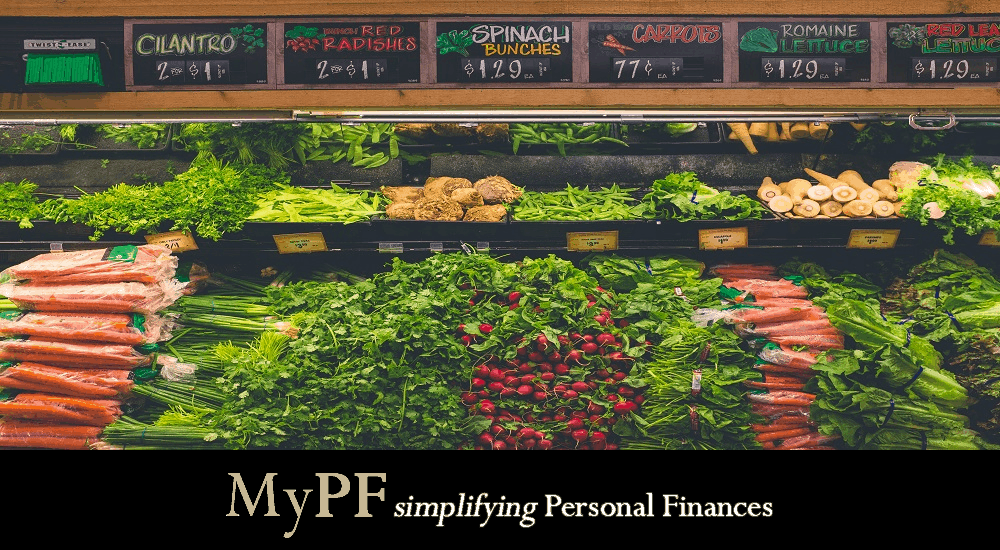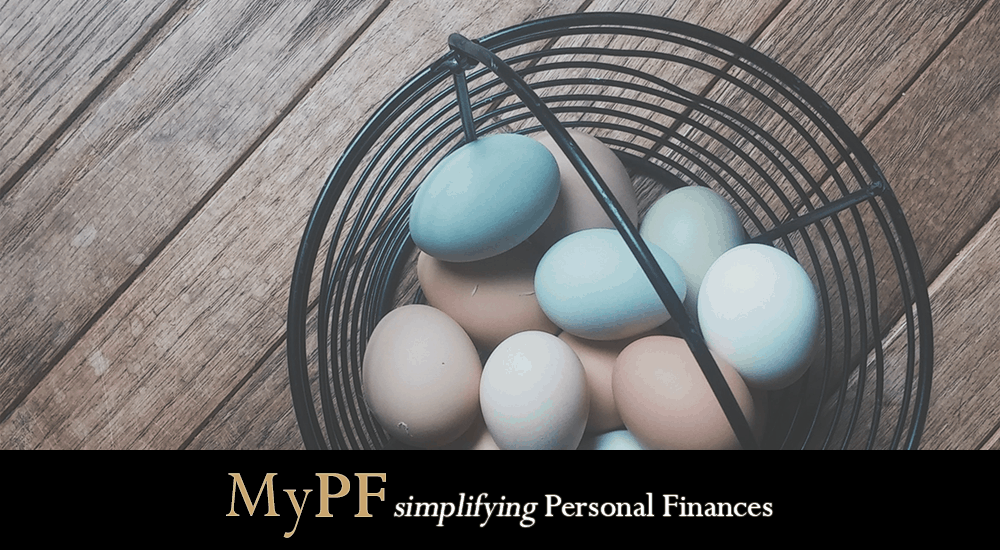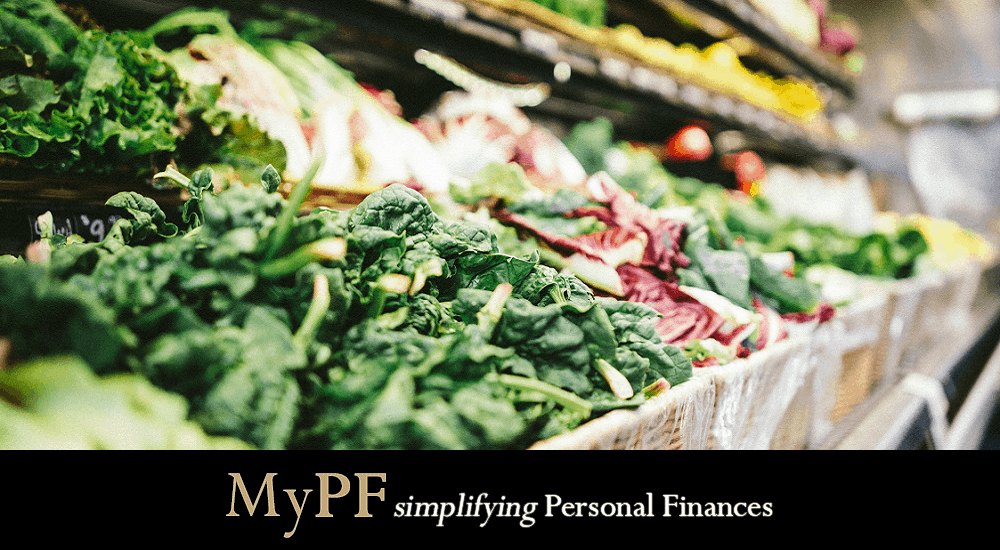Inflation? Increase in prices? Are you worried about which items price might increase in the future?
With the gradual rollout of Covid-19 vaccinations in Malaysia, the economy is expected to recover in line with it. As the economy recovers, we can expect more people gain confidence in buying more things, thereby increasing demand for these things. And as the way the world works, if there is an increase in demand, we can also an expect an increase in price.
Which items’ prices should you keep an eye on? Luckily, the Department of Statistics Malaysia publishes comprehensive data on prices of goods and services in the economy every month from which we can derive and extrapolate answers.
This article will explore the price changes of items currently in Malaysia and detail which items you will need to be aware about. From there, you can plan and budget effectively for your finances.
Contents
Our Data Source
The article mainly utilises data from the Consumer Price Index of March 2021 issued by the Department of Statistics Malaysia (DOSM).
DOSM regularly compiles the prices of goods and services that households normally buy every month. A wide variety of things are included in this survey and the consumer price index is considered a good reflection of prices for you.
Item #1: Oil & Transportation
For the whole of 2020, the price of transportation actually declined a whopping 9.8% as the price of oil crashed when Covid-19 hit.
For example, RON95 prices declined from RM2.08 per liter in Feb 2020 to as low as RM1.25 per liter by April 2020. This means that Malaysians could have saved almost 40% of their fuel cost during this period; that is if they had been using any considering many were keeping close to home to reduce their exposure to the virus.
Currently, as the global economy is recovering in line with Covid-19 vaccinations happening in many countries worldwide, the price of oil is fast increasing. Returning to our RON95 example, RON95 returned to its pre-pandemic levels of RM2.05 per liter recently. This represents an increase of almost 64% from its lowest level in 2020.
What does it mean for you? As oil prices increase with the recovery in the world economy, so will transportation prices. You would have incurred increasing cost in fuel in recent months but you need to prepare for further increases down the line. Viewing historical data, the highest price for RON95 was RM2.30 per liter in 2017. It is best to prepare for at least a 10% increase to your fuel-related transportation costs.
Item #2: Seafood
If you are a fan of seafood, this will not be good news to you. The growth in price of seafood, including fish, has increased to its highest rate of 2.9% in March 2021, marking the biggest increase since the pandemic.
For context, the growth of seafood was only 0.7% in 2020 due to the pandemic. Seafood prices were still increasing in the pandemic months, averaging around 0.8% growth every month. As most of you were still buying fish from the groceries, there was still demand for them that kept prices up.
What does this mean for you? This is possibly a big impact to your household expenses moving forward if prices keep increasing. After all, fish and other seafood are major protein sources for your diet and you still need to eat them. You should avoid buying expensive imported seafood and instead go for more local ones where prices are arguably lower. This situation is even worse if you are living in the city or urban areas, as price of seafood increased by 3.1% compared to rural areas growth of 2.2%.
Item #3: Milk, Cheese, and Eggs
They are probably the most important constituents of breakfast – milk, cheese, and eggs. The prices of these items have increased sharply, growing by 1.8%, 2.5%, and 0.9% respectively for January 2021, February 2021, and March 2021.
The prices of milk, cheese and eggs have declined by 1.9% in 2020, and the sharp increase in the price of these items in recent months is concerning. After all, milk is particularly important for babies and you can’t reduce your expenses on them. Eggs are the main staple of every Malaysian diet. Cheese, while not as important as milk or eggs, still constitutes quite a sizeable portion of our diet.
How is this important for you? You would be spending a big proportion of your money on these items and further price increases could mean disaster for your food expenses. Look towards cutting down your consumption of these items. Reducing purchase of milk and eggs could prove difficult, hence you need to be aware in order to prepare your pocket for the upcoming price increase.
Item #4: Fruits
The growth in prices of various fruits have been accelerating slightly lately, growing from 1.0% in January 2021 to 1.6% in March 2021. While there isn’t any breakdown of which fruits are increasing in prices, this trend is worrying to a certain degree.
Fruit price increases have been generally very stable throughout the years, growing at 1.0% every year from 2017 to 2020. Even with the pandemic, fruit prices still held up and were still increasing at a low and stable rate. Fruits are an integral part of your daily intake of food, bringing you good nutrition in an easy to consume natural packaging. You don’t even have to cook them.
What can you do if fruit prices keep increasing? As fruits are big providers of nutrients, it will be hard to cut down on them. Staple fruits like apples and oranges are normally imported from overseas. Hence, the best you can do is to reduce your consumption of other imported fruits that are more expensive and switch to buying local fruits instead. You can also try substituting them with vegetables but even then, this might be problematic as illustrated in the next item.
Item #5: Vegetables
Out of all the food items, vegetables price increase has actually been the highest in for the months of January 2021 to March 2021. It increased by 3.2% over the quarter, far outpacing the other food item price increases.
However, this has actually been the case for vegetables even during the pandemic. Vegetable price growth was also the highest among all the food items in 2020, growing at 4.1%.
In contrast, vegetable prices only grew by 1.0% in 2019 which meant that vegetables actually became much more expensive even in a recession. This was primarily due to supply disruptions during the pandemic where suppliers could not transport most of the vegetables to the cities where most of the demand are. This lead to some shortages especially in the first few months of the pandemic.
What does this mean to you? You should continue to carefully monitor vegetable prices and plan accordingly for them. While vegetable prices growth have went down a bit, its price growth is still the strongest among the major food items. Start planning and budgeting now when you visit the nearest grocery store as vegetables will consist of a big portion of your expenses.
Item #6: Furnishings, Household Equipment, and Miscellaneous Items
If you are planning to buy some furniture for your home, it might be best to do it soon. Price growth for furnishings, household equipment, and miscellaneous items have been gradually increasing in the months of January 2021 to March 2021. Growth has increased from 0.2% in January 2021 to 0.9% in March 2021, supporting the trend that prices might be increasing more in the future.
In 2020, prices only increased by 0.3% for the year and was much lower than 2019’s growth of 1.6%. While this increase in price might be small, you need to consider that furnishings and household equipment are very expensive in nature. For example, a sofa could cost about RM3,000 and a further increase of prices to 1.6% could cost an additional RM48.
Why is this important? For many first time homebuyers, buying furnishings and household equipment is a big undertaking and involves a very substantial amount of expense. To fully furnish your home, you might need funds that potentially reach RM50,000. If you have plans to buy them, don’t wait until prices have increased, do it now to protect yourself.
Conclusion
From the data of consumer price index in March 2021, it can be seen that you would need to be aware about the price increase of the key item of transportation. Fuel prices have been on a sharp increase this year and that is a big expense to take into account. Other food items such as fish, seafood, milk, cheese, eggs, fruits and vegetables are also a cause of concern for your finances. Finally, if you are looking to buy furnishings and household equipment, you would need to act fast as price growth has been increasing.
Which items in your finance are you most worried about? Let us know in the comments below!
You May Also Like
- 7 Things to Understand About the Economy in 1st Quarter of 2021
- Top 7 Malaysian Government Tax & Other Revenue Sources
- 5 Expense Tracking Apps You Should Consider Using
- Reducing Eating & Groceries Expenses
- Income and Expenses












Leave A Comment